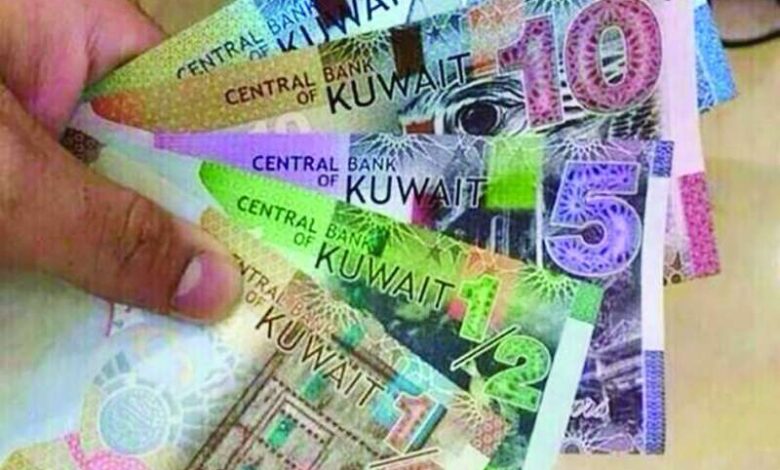Weak growth in Kuwait affects money transfer to South Asia, Egypt: WB

A recent report from the World Bank indicates that after experiencing a growth of 12.2 percent in 2022, remittances to South Asia are expected to slow down to 7.2 percent in 2023. This regional average is influenced by robust growth in countries like Bangladesh, India, Nepal, and Sri Lanka, contrasted with lower growth in Afghanistan, Bhutan, the Maldives, and Pakistan.
The key factors contributing to remittance growth in 2023 include the historically tight labor market in the United States, increased employment growth in Europe due to worker retention programs, and lower inflation in high-income countries.
The World Bank attributes the anticipated slowdown in remittance growth from the Gulf to Asia, Egypt, and other countries in 2023 to the economic downturn in Saudi Arabia and Kuwait (expected to decline from 8 percent to 1.5 percent) and a 50 percent drop in growth in other Gulf countries due to declining oil prices and OPEC Plus production cuts.
The report reveals that the UAE, Saudi Arabia, Kuwait, Oman, and Qatar collectively account for 11 percent of total remittances to India. Additionally, it notes that remittance growth to low- and middle-income countries is projected to slow to 3.8 percent in 2023 after an average of around 9 percent in the previous two years.
Surpassing expectations outlined in the Migration and Development Brief of June 2023, the value of remittances to low- and middle-income countries is estimated at $669 billion. The report attributes this success to the resilient labor markets in OECD and Gulf Cooperation Council countries, which have supported migrants’ ability to send money back to their home countries.
The World Bank expresses concern about the potential risk of a decline in migrants’ real income in 2024 due to global inflation and low growth expectations. In 2023, remittance flows to low- and middle-income countries are expected to reach $669 billion, reflecting the flexibility of labor markets in advanced economies and Gulf countries in supporting migrant remittances.
The report highlights that remittance flows to different regions experienced varying growth rates, including an 8 percent increase in Latin America and the Caribbean, 3 percent in East Asia and the Pacific, and 1.9 percent in Sub-Saharan Africa. However, financial flows to Egypt significantly decreased, contributing to an overall reduction in funds transferred to the Middle East and North Africa region for the second consecutive year.
Moreover, remittance flows to Europe and Central Asia decreased by 1.4 percent after a notable 18 percent increase in 2022. The World Bank’s Global Remittance Rates Database indicates that remittance costs remain high, with an average cost of 6.2 percent for sending $200 in the second quarter of 2023. Compared to the previous year, sending money to all regions, including the Middle East (excluding North Africa), became more expensive. Among the channels for sending remittances, banks remain the most expensive (average cost of 12.1 percent), followed by post offices (7 percent), money transfer offices (5.3 percent), and mobile operators (4.1 percent).











